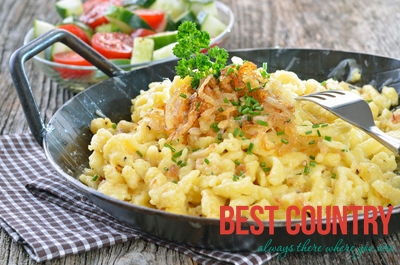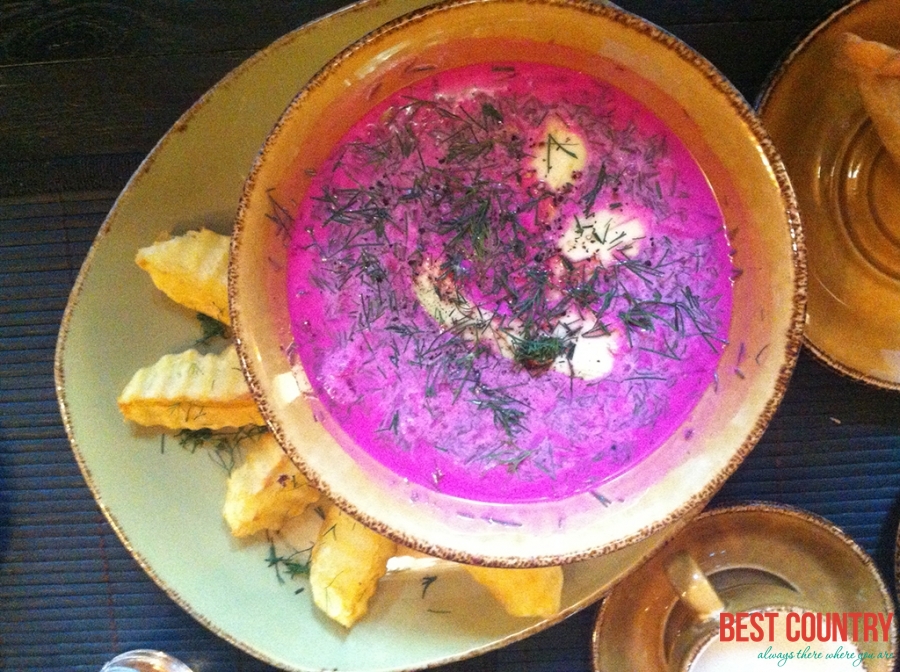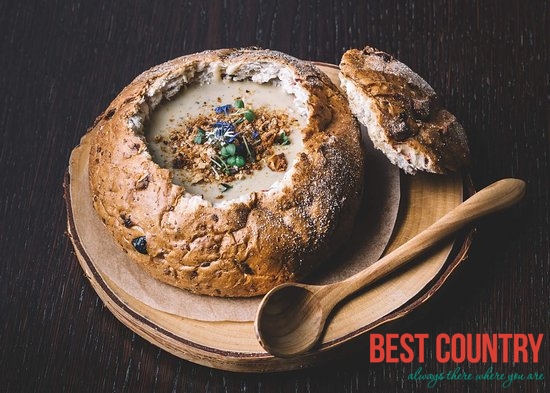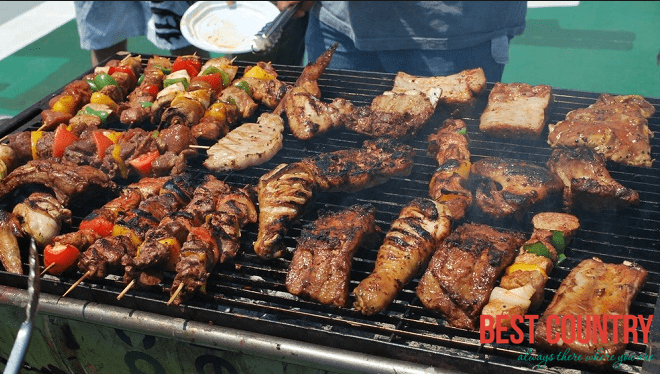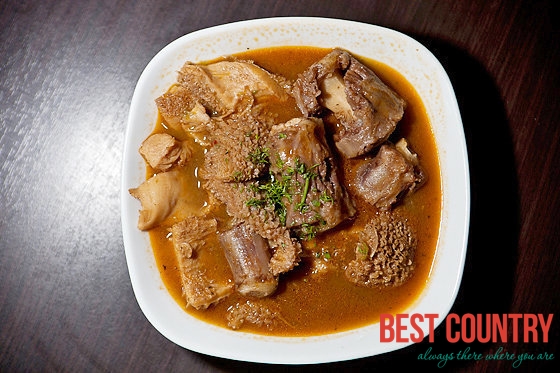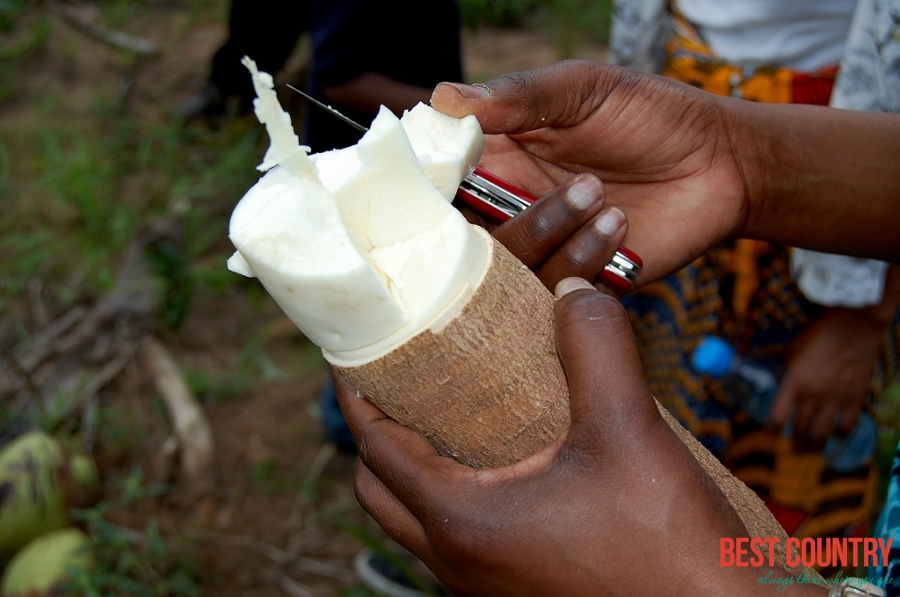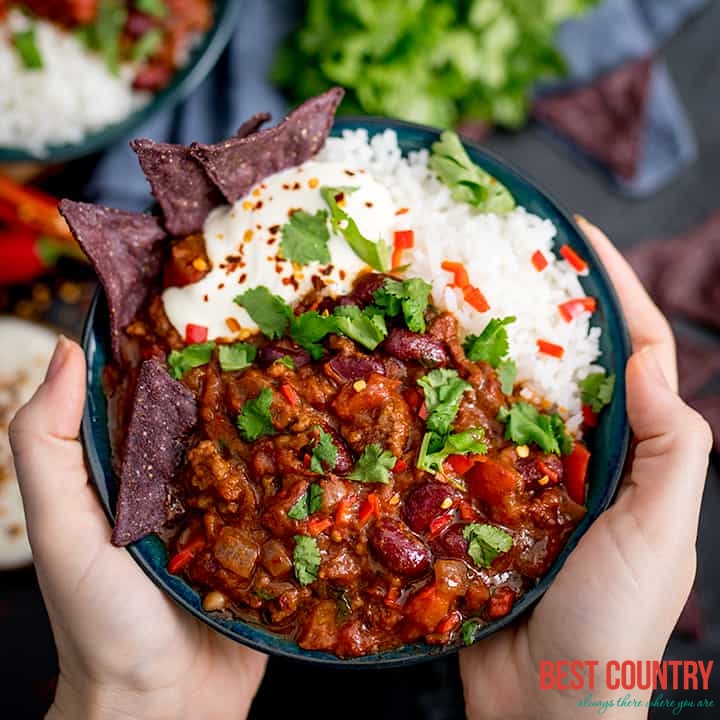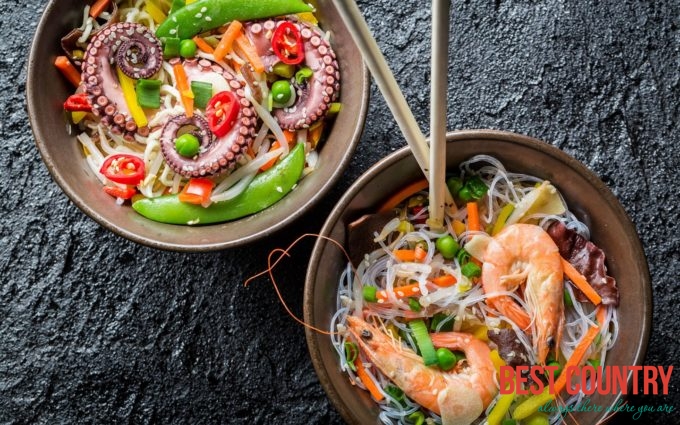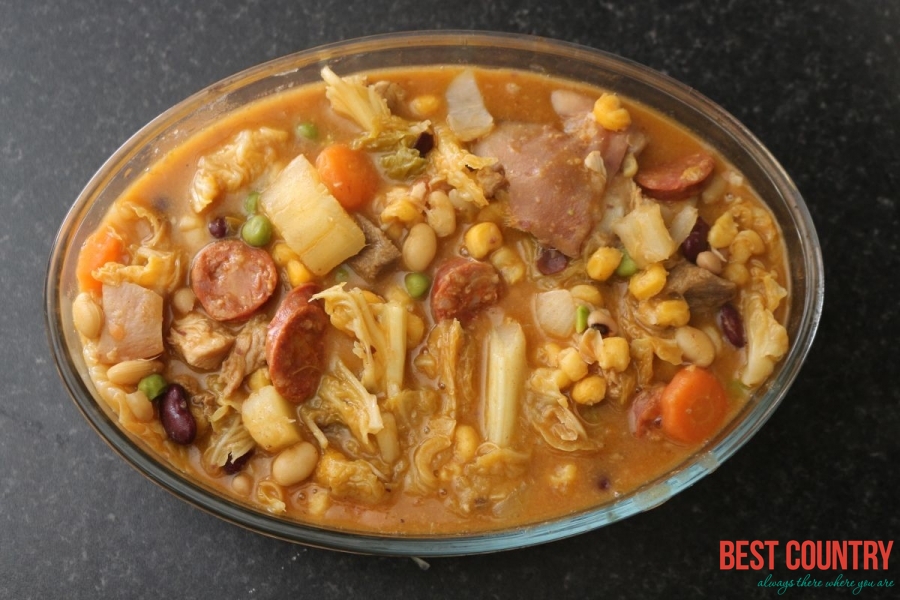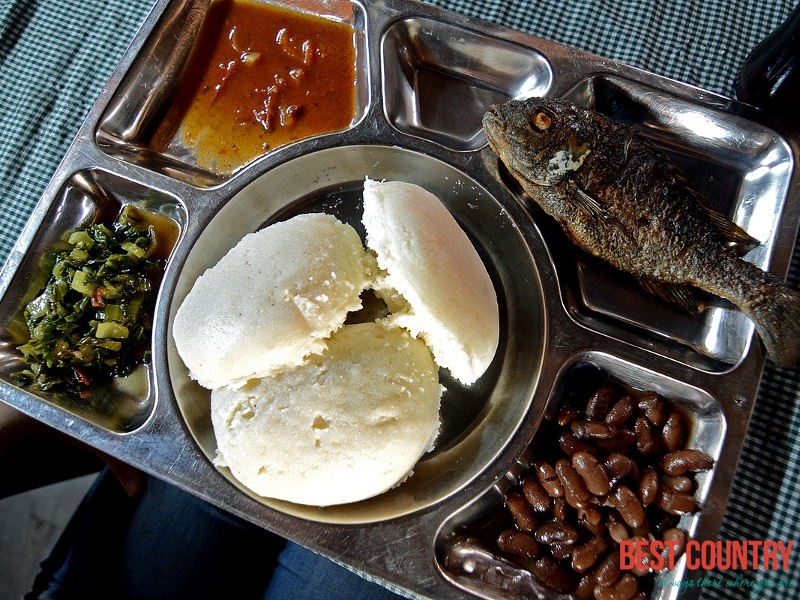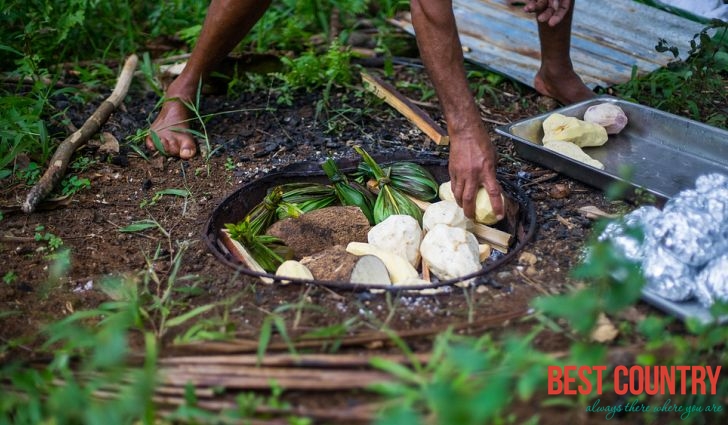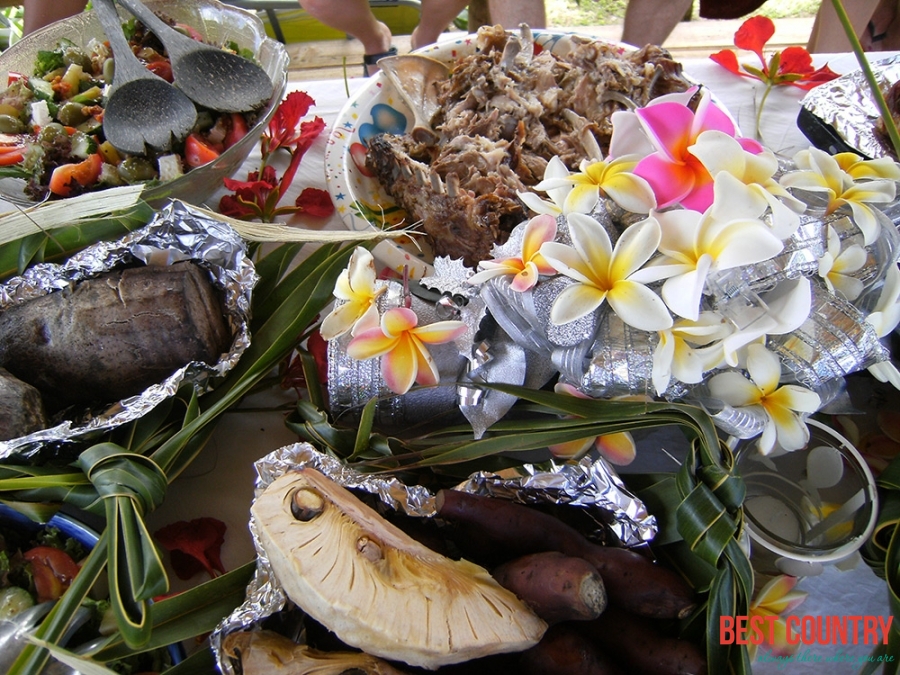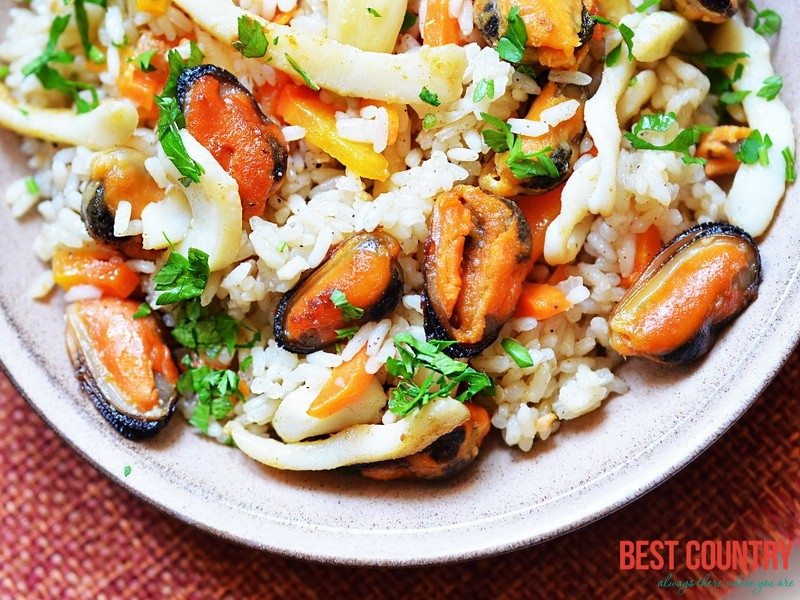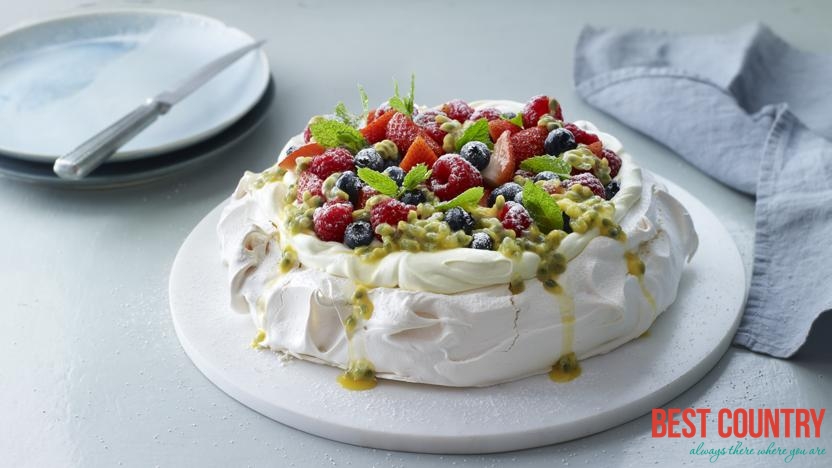International cuisine in different countries
Cuisines of Liechtenstein
The Principality of Liechtenstein is situated in Central Europe between Switzerland in the west and Austria in the east. Liechtensteiner cuisine is influenced by its neighbors' cuisines, the large variety of cheese dishes and the main ingredients of a local dish is cheese, meat and vegetables.
Lithuanian Cuisine
The products featured in Lithuanian cuisine are suited to the country's cool and moist northern climate: barley, potatoes, rye, beets, greens, berries and mushrooms are locally grown and dairy products are a specialty of the country.
Latvia - Cooking and Food
A long time ago, Latvia was ruled by great powers like Germany, Russia, Poland, or Sweden. As a consequence, it would be no surprise to find out that Latvian cuisine consists of potatoes, Pork, and sour kraut served with a generous sprinkling of dill.
Kenya cuisine
Since Kenya had a long-standing relationship with foreign settlers and its colonization by the British, cooking and presentation of Kenyan foods have been greatly influenced by the Indians, Pakistanis, Arabs, and Europeans. Also before Kenya became an independent nation in the 1960s, tribes and communities lived and migrated around the entire eastern African region. For that reason, some recipes are common also to Uganda and Tanzania.
Cameroonian cuisine
Cameroonian cuisine is one of the most varied in Africa due to its location on the crossroads between the north, west, and centre of the continent; added to this is the profound influence of French food, a legacy of the colonial era.
Food in the Marshall Islands
Life has never been easy in the Marshall Islands: the effort demanded to produce food continues to be great and the diet austere. Fish from the surrounding seas has naturally been the traditional support of life, while the scanty land has yielded three grudging crops - breadfruit, pandanus and swamp tare, in addition to the. ubiquitous coconut. By skillful management of the harsh terrain, its cultivation has sustained existence over the centuries in a system perfectly adapted to the demands of the region.
Food of Mexico
Mexican cuisine is centered on three national staples: tortillas, beans and chili peppers. Tortillas are thin round patties of pressed corn or wheat-flour dough cooked on griddles. Beans (frijoles) are eaten boiled, fried or refried, in soups, on tortillas or with just about anything. Apart from an astonishing array of freshly squeezed fruit juices (jugos), which are readily available from street stalls, Mexico is also famous for its alcoholic beverages - mezcal and tequila in particular. Pulque is a mildly alcoholic drink derived directly from the sap of the maguey.
General Introduction to Chinese Food and Drink
Chinese food and drink attach a special meaning towards the Chinese people. They have a common saying: “The masses regard food as their heaven”, which means that food is people's primal want. Eating does not just mean to fill the stomach.
Cape Verdean cuisine
Cape Verdean cuisine owes much to European influences and to the life in the sea around the archipelago. Perhaps the most ubiquitous dish is catchupa, a dish of ground maize, beans and sometimes meat or chicken.
Food in Zambia
Zambian food is spiced with the exotic flavours of the many tribes who inhabit it. Urban Zambia eats cuisine from all over the world.
Samoan cuisine
Samoan culture has a very long and complex history which includes great migratory movements, amazing feats and the whole history of its population. One of the most important aspects of the Samoan cuisine is represented by the fact that food is not heavily spiced as it is characterised by the use of coconut milk and cream.
Cook Islands Cuisine
Tropical regions have a large variety of culinary possibilities, and the Cook Islands are no different. Popular ingredients include fresh fruit—papayas, lemons, limes, coconuts, bananas, mangos, musk melons—all of which make for a refreshing taste for the palate, not to mention a healthy breakfast!
Cuisine of Federated States of Micronesia
Micronesia Food forms a prominent part of the culture of the island nation. The chief food items of Micronesia include starchy carbohydrate based foods, meat and fruits. The custom of sharing food, prevalent in Micronesia, symbolizes the strong bonds existent between the people of the island nation.
Cuisine Of New Zealand
The people who were originally from New Zealand are called Maori. They came from Polynesia and brought many different crops with them such as kumara, also called sweet potato as well as rats and dogs, who were often used as food. When the Europeans arrived in New Zealand in the late 18th century, they brought the foods of their native homelands with them.
